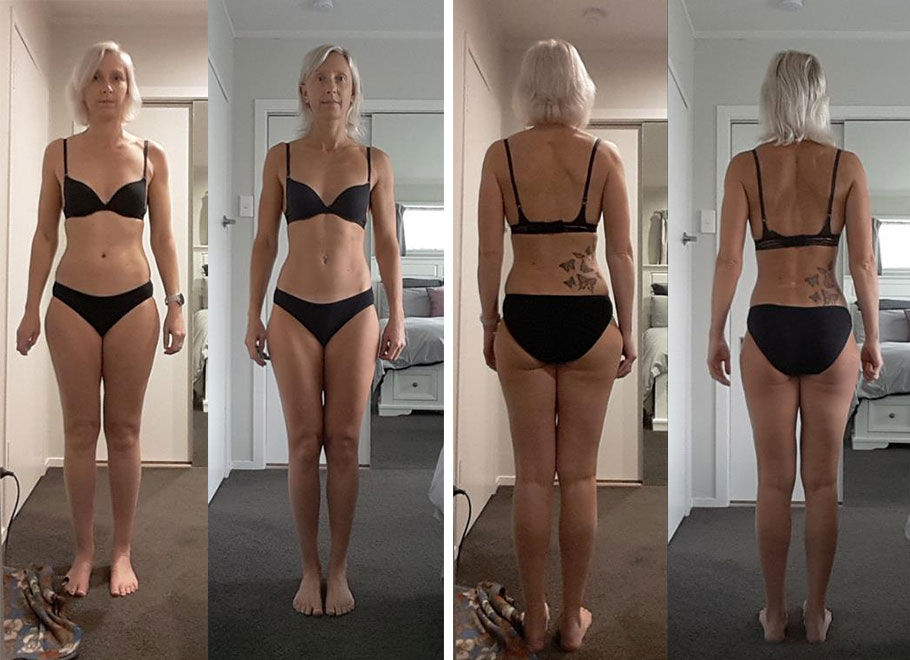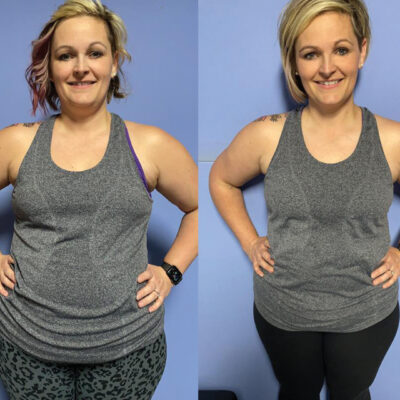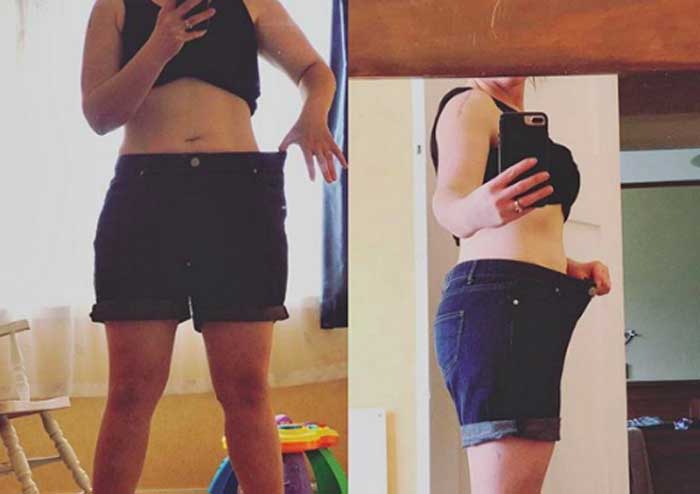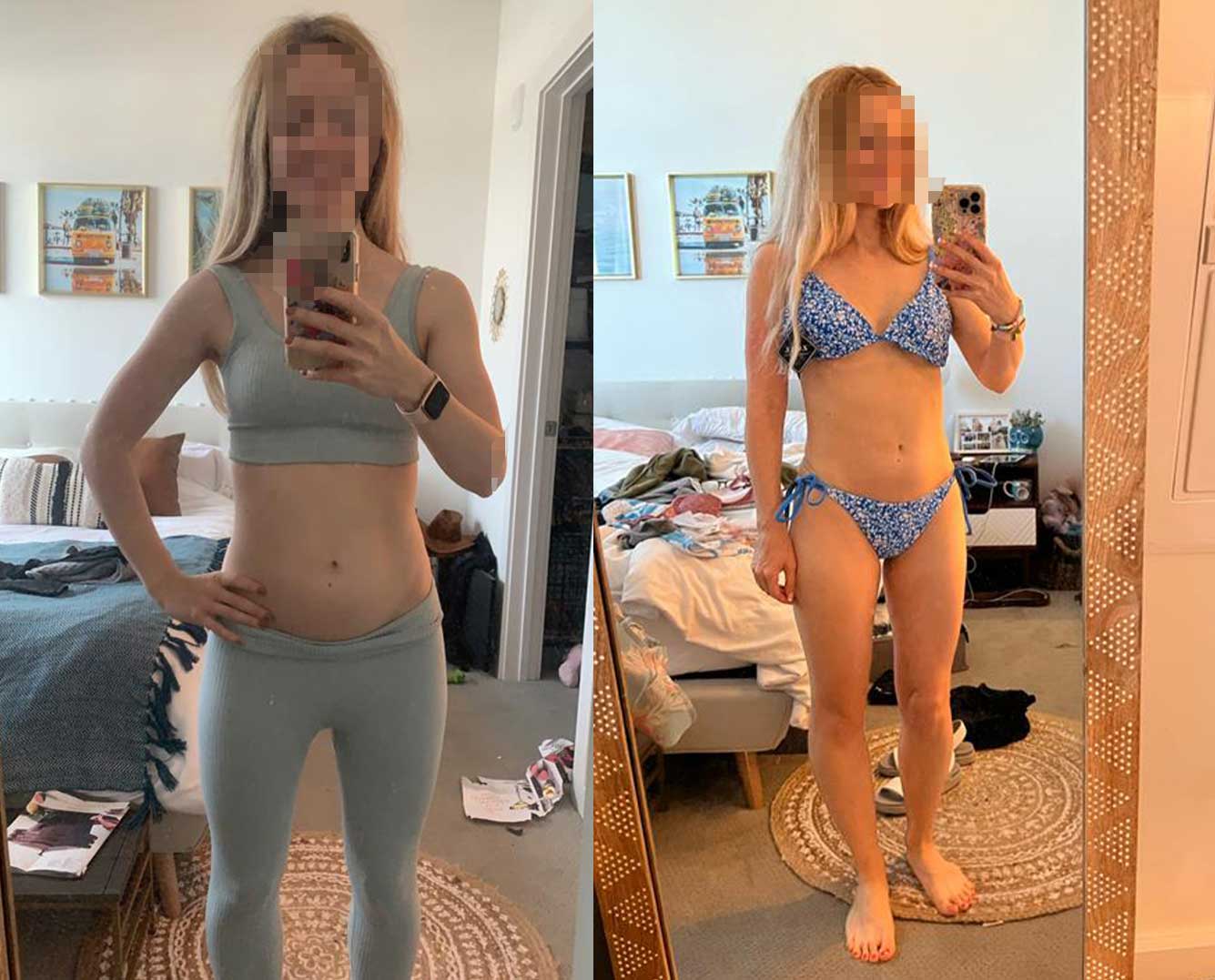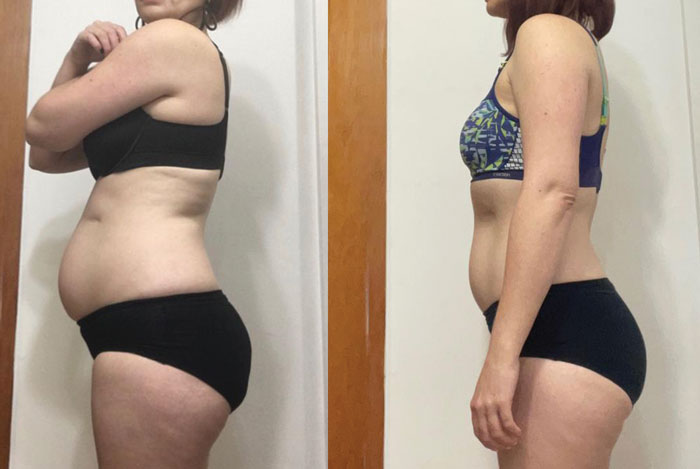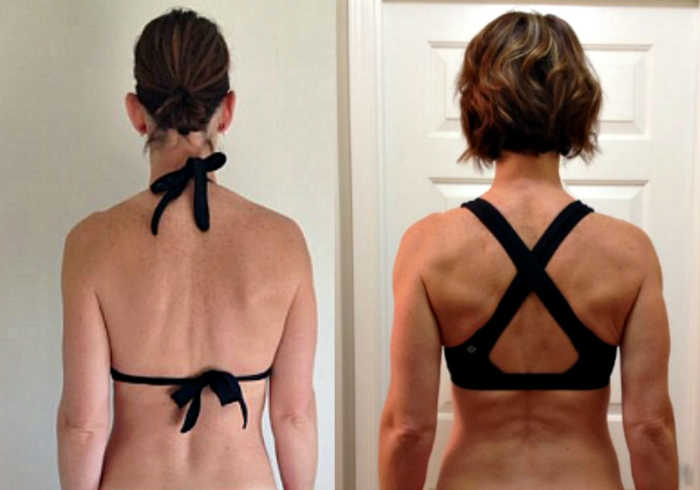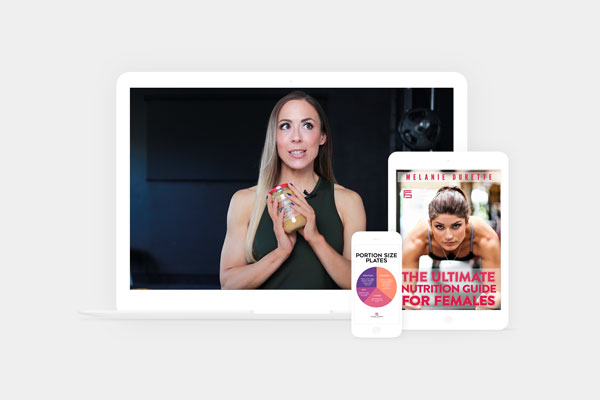Today’s Strength Session topic is progressive overload.
Progressive overload might sound intimidating at first – I remember feeling the same way when I started my weight training journey – but it’s actually a crucial concept to understand if you want to get results from your training. For example, if you want to build a certain shape or maybe you are after some nice looking muscular arms, you need to understand progressive overload.
Today I’m not just going to explain it, I’m actually going to demonstrate how you do it by showing myself doing some exercises (see video) and I’ll show you how to progress even if the next weight up is too heavy.
But first a quick explanation of progressive overload.
What Is Progressive Overload?
Progressive overload is all about gradually increasing the demands on your muscles to help them grow stronger and more resilient.
Imagine your muscles are like students in school. If you want them to grow stronger and smarter, you have to give them increasingly harder challenges, just like how students need more difficult work as they progress through school.
That’s basically what progressive overload is about – gradually increasing the demands on your muscles so they keep getting stronger.
Here’s how it works:
When you first start lifting weights, let’s say you can comfortably lift 10 pounds doing bicep curls. That’s a good start. But if you keep lifting the same 10 pounds over and over again, eventually your muscles will get used to it and won’t have to work as hard. This is where progressive overload comes in.
To keep making gains – and by gains we mean both building strength but also changing your shape because muscle is what builds the shape most of you are looking for – you need to consistently increase the challenge.
Progressive Overload In Real Life
Now this is a simple idea, but it’s not so simple in practice. In fact, the longer you’ve been working out the harder it gets (because there’s a limit to how strong we can get). Also, if you train at home, your weights may increase in large increments and jumping up a level may feel very difficult, if not impossible. So today I want to demonstrate how progressive overload plays out in real life and show you how to actually implement it in your own training.
Let’s say you can comfortably do an exercise with 10lbs, but the next weight that you have is 15lbs. In an ideal world you would have a smaller weight in between – say about a 12.5. Sometimes even when you do have smaller increments, jumping up to the next level feels way too difficult. This is very common with cable exercises because even just one jump up on the cables can feel quite difficult for smaller muscle groups like shoulders and triceps.
So what do you do? Is it ok if you can only do 8 reps with the new weight?
Yes it is, and in fact, that is likely all you are going to be able to do.
PROGRESSIVE OVERLOAD OPTION 1:
Do a few sets with the heavier weight, and then do one or two sets with the original, lighter weight.
First, I’m going to show you a reverse press which targets your rear delts. As you’ll see in the video this is done on a slight lean forward with wide hands which helps target the rear delts rather than the front of your shoulders.
The ideal weight for me is 9kg because by the 3rd and 4th rounds I will start to run out of steam and fall short of being able to do 10 reps. (Sorry I’m going to talk in kgs because that is what I have but the basic idea is the same).
When I do these at the gym with 9s my form is much better. But at home I don’t have 9s. I have 7s and 10s. This is a big jump for a lot of ladies so bear in mind that I am much stronger than average, and for me this is ok. Not great. But ok. It’s much better to have smaller increments, especially for your joints as you get older.
So what I’ve been doing is starting with a set of 7s to make sure I’m warm for the 10s, resting, and then doing a couple sets with the 10s.
You can see with the 10s my form isn’t as good and I actually can’t get the same lean forward as I do when I’m using the 9s at the gym but I can get about 8 decent reps and I still feel the right muscles.
By the 3rd and 4th sets depending on how many I’m doing, my muscles are exhausted from those 10s so I can now use the 7s and they should feel super heavy, so I might do the 3rd and 4th set with the 7s because it would be pretty impossible to continue with the 10s and get any reps with decent form.
So that’s one way to progress the weight you lift. Ideally you would invest in a full weight stack so that you don’t have to jump up in big increments, but if you do, just be sure that jump feels safe.
PROGRESSIVE OVERLOAD OPTION 2:
Option 2 starts similar to what I’ve just showed you in the first example. However, on the last two sets I’m going to stick with the heavy weights until I can’t do any good reps, drop them and immediately grab the lighter weights to finish.
In the video, I demonstrate this option with rear delt flies. The reason I chose this exercise is because I know it’s one that many ladies struggle with. It’s very hard to progress to heavy weights because rear delts tend to be quite weak – at least they are until you’ve been doing my programs for a while!
I wouldn’t use this strategy with every set because it gets too tiring. Also on those first sets I want my muscles to have enough strength to work those heavier weights so that over time I get stronger with them.
So this is another technique you can use and you might be wondering how do you choose between the options I’ve given you? Just mix it up, it doesn’t matter too much. However, in general I use the first one for exercises like any sort of press or row where I’m using heavier weights and the second for exercises using lighter weights, like shoulder, tricep and bicep exercises.
There are many other ways to progress – like moving slower and focusing on form – but I wanted to cover just the basic idea today. I also only covered upper body because lower body is a bit different. While the basic idea still applies to lower body, I’m not always focusing on progressing lower body exercises for a number of reasons including safety and the fact that many ladies don’t want bigger leg muscles.
Remember, the women I work with prove everyday that it’s possible to become your strongest self after 40. These are ladies just like you so if you want to join them, check out my programs and get started with your own transformation today.
Learn more about my most popular program here.


